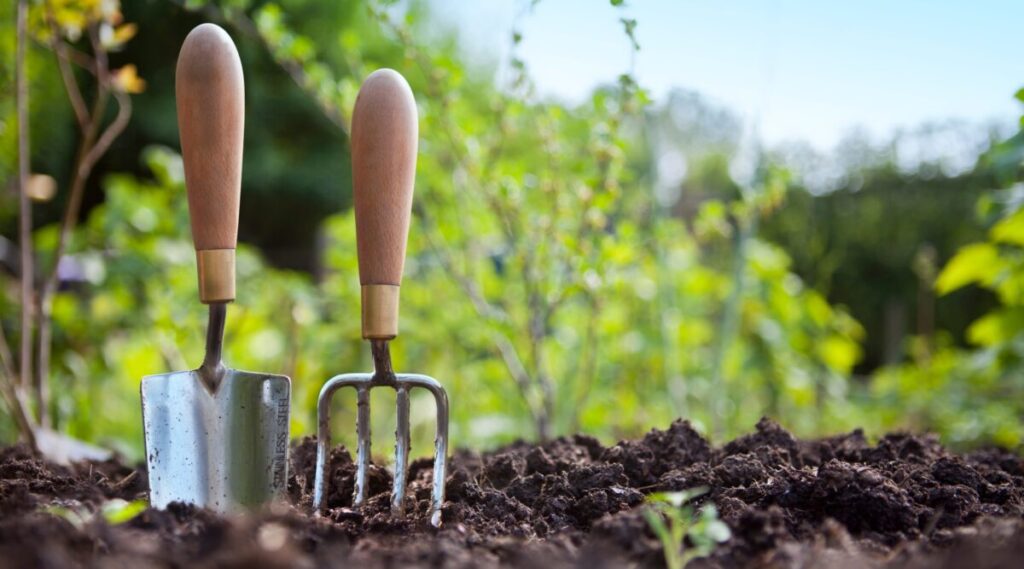As the summer season nears its end, some gardeners may assume it’s best to take a break from gardening. Nonetheless, August presents an excellent opportunity for you to start planning a fall garden – strategising and sowing seeds in preparation for your fall vegetable plot. With careful choice of crop selection and thorough groundwork, harvesting plentiful homegrown produce is achievable during cooler months. This guide will lead you through step-by-step guide for August planting!
1. Evaluate Your Garden Area
Before planting, evaluate your garden by removing any leftover summer crops, weeds and debris. Ensure that the soil is suitable for use. August presents an ideal chance to integrate well-decomposed manure or compost into the ground in order to enhance it with essential nutrients required for successful growth of forthcoming plants. If you are utilizing raised beds or containers, refresh the present earth using a combination of natural fertilizers and materials like organic composts.
2. Select the Appropriate Crops
To ensure a successful harvest in autumn, it is essential to choose crops that can endure cooler temperatures. Here are the top planting options for August:
– Root vegetables such as carrots, beetroots, radishes and turnips thrive during late summer and can be harvested before frost arrives. The cool weather enhances their sweetness levels too!
– Leafy greens like lettuce, spinach, kale and Swiss chard are perfect choices for an autumn garden as they tolerate light frosts which means longer-lasting yields despite lower temperatures.
– Broccoli, cauliflower and cabbage are brassicas that one should consider growing in August if aiming for an autumn yield because of their toughness against low-temperature conditions set-in from September onwards.
– Although commonly categorized as spring crops, certain types of peas and beans can be sowed during late summer to yield an autumn harvest. Opt for quickly maturing varieties that will develop before the impending frost.
3. Begin the growth process of seeds indoors or choose to plant them directly into soil.
Starting seeds indoors before transplanting to the garden may be necessary depending on your local climate. Brasicas and leafy greens, in particular, can benefit from more controlled conditions when started inside. However, direct sowing into well-prepared garden beds is the best choice for root vegetables and certain greens like lettuce.
4. Ensure Appropriate Spacing and Depth are Maintained
To ensure robust growth and prevent disease, it’s important to carefully consider spacing and planting depth when sowing your autumn crops. Adequate room is essential for root vegetables like beetroots and carrots – consult seed packet guidelines to achieve optimal results. Additionally, give leafy greens and brassicas ample space during planting so they can flourish without becoming overcrowded.
5. Consistently consume water.
It’s essential to keep your recently planted seeds and seedlings well-hydrated during August, since warm climate may still prevail. Providing regular moisture is vital for their successful germination and growth – especially when there are high temperatures. You can regulate the soil temperature while retaining adequate dampness by mulching around your vegetation.
6. Protect against pests.
During the end of summer, pests may multiply rapidly. Therefore, it is important to stay alert and watch over your garden closely. In order to restrain common insects such as aphids or caterpillars from causing harm use eco-friendly pest control techniques including neem oil and companion planting. To safeguard crops against bugs as well as untimely frost occurrence row covers can be a useful solution too.
7. Development of a Frost Protection Strategy
Be ready for potential early frosts as fall draws near. Have frost cloths or row covers readily available to safeguard your harvest from chilly temps. Although certain crops, like kale and carrots, can tolerate mild freezes, it’s prudent to anticipate abrupt temperature fluctuations by planning ahead.
Enjoy Your Harvest
By meticulously planning and giving due diligence to every aspect, your vegetable garden in autumn can yield a delectable and nourishing bounty. Ensuring that you plant in August will lengthen the growing period while optimizing your harvest amidst shortening days. Get set with all necessaries, commence planting without delay and anticipate an abundant fall season!
If you’re seeking further inspiration and expert advice on gardening, be sure to visit our website at www.esteelicious.com. We offer a wealth of guides and ideas designed to enhance your home gardening experience. For those eager to deepen their gardening knowledge, don’t miss out on my book, Home Gardening in Diaspora: A Guide to Growing Organic Food in Your Home. This invaluable resource provides practical insights and strategies to cultivate a flourishing garden, no matter where you are located. Whether you’re a seasoned gardener or just starting out, this guide will equip you with the tools and knowledge needed to succeed. Visit our website and explore the book to transform your gardening journey today!

